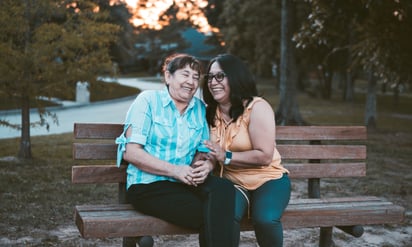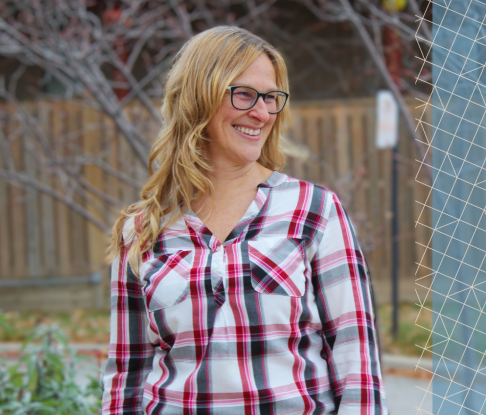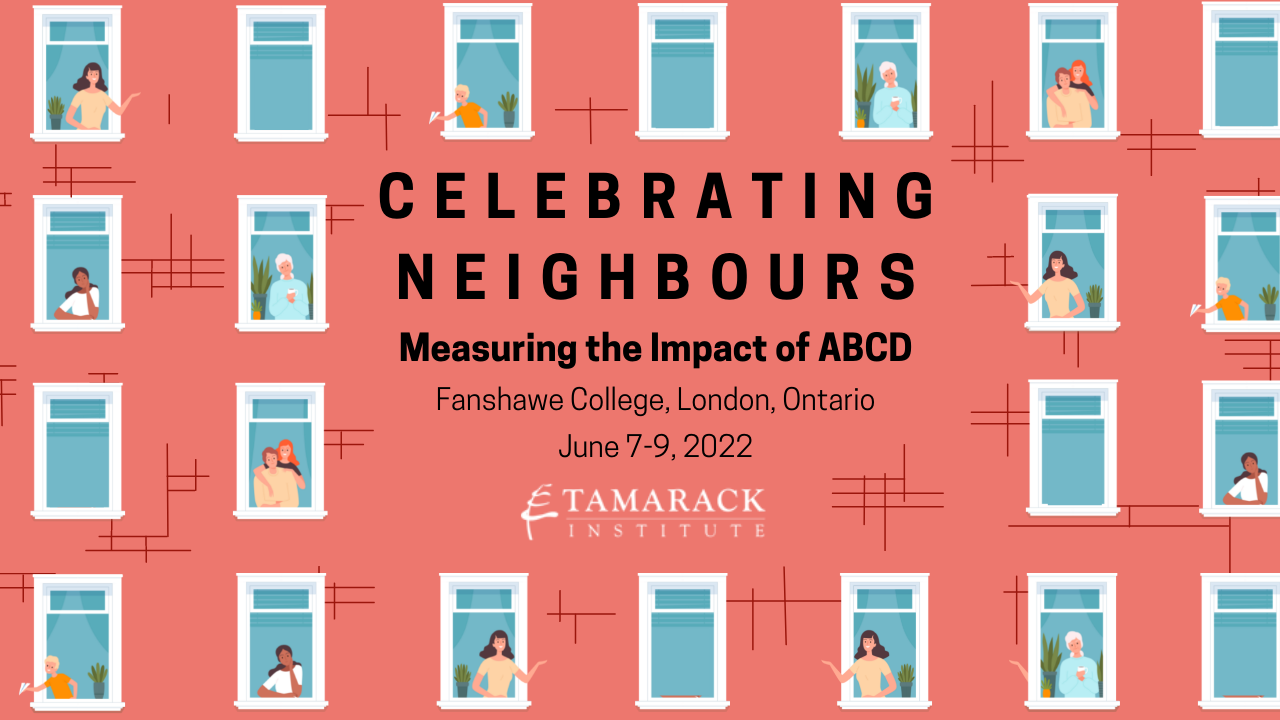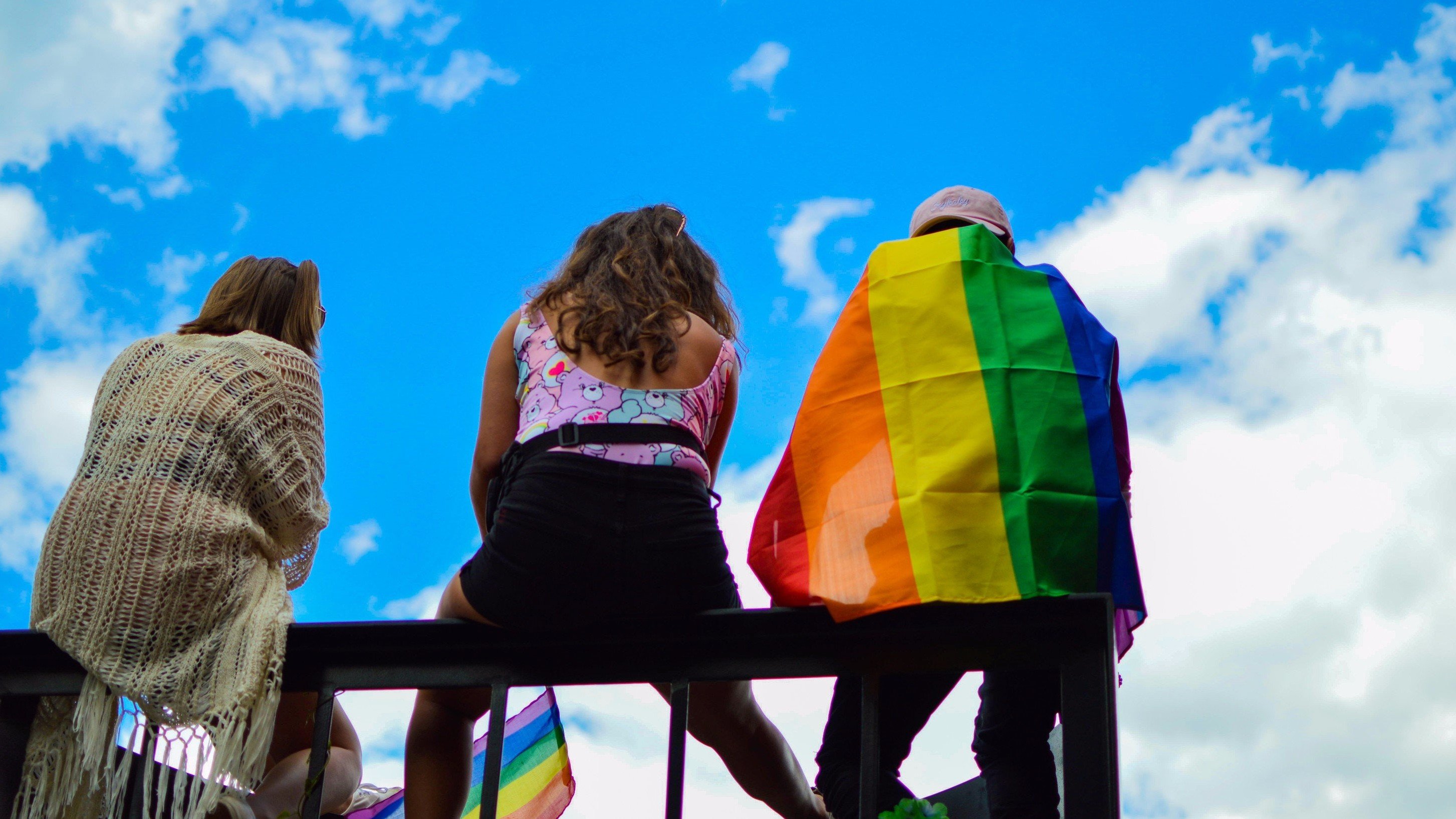Humans are social beings and are hardwired to want to be with people. When we are born, we thrive on connections but as we age those connections become harder and harder to keep leading us to be lonely. Loneliness can affect anyone but is more common amongst older persons 65 and older. The 2013 StatsCan study indicates that 1 in 3 individuals over the age of 65 are lonely. Additionally, a 2019 Angus Reid report indicated that those who are 55+ with incomes of less than $50,000 were twice as likely to be both lonely and isolated, and were more than twice as likely to be single and living alone.
In his book, The Careless Society - Community and its Counterfeits, John McKnight talks about the increase in the aging population leading to an increase in the professionalization of those who care for seniors. The book then talks about how seniors are seen as a “problem” which leads us to produce more services. This act of classifying seniors as “problems” defines seniors as less productive or non-productive.
This year marks the 30th anniversary of the international day of older persons and it’s so timely that I had a great discussion with Margaret Young on the connection between older persons and loneliness. Margaret is the founder of Age Knowble, a social enterprise that promotes knowledge on positive and healthy ageing, advocates rights of older persons, and provides consulting services to organizations that serve the interests of old persons. We talked about how we can change our thinking so that seniors are productive and valued in our communities.
When we talk about loneliness, we are talking about it as subjective feeling that is personal and at a personal level. There are two types of loneliness;
-
Individual loneliness which occurs when a person is missing someone special such as a partner or close friend with whom they had a close, emotional bond.
-
Social loneliness refers to the absence of a social network made up of a wide group of friends, neighbours and colleagues.
The quality of those social connections is also important. Relationships need to be reciprocal, with those involved both sharing a sense of happiness, satisfaction and self-worth. During my discussion with Margaret we talked about the reasons why more older persons are living alone, the health effects and what we can do about it.
However, the effects of loneliness go beyond the individual:
-
Economics - the cost to healthcare is about $20,000 CDN per person, and in 2031 when the last of the baby boomers reach 65, it will be $3.8 billion per year.
-
Humanity - the physiological impacts of aging, cumulative life course impacts of socio-economic circumstances all affect how we age and what vulnerabilities may come about.
-
Health - In a CBC segment they state that loneliness itself doesn't directly cause health problems but depression, desperation, feeling unappreciated and unwanted can cause seniors to neglect their health or resort to unhealthy behaviours, such as smoking, drinking or not taking their medication.
What can we do about it?
-
As individuals we need to acknowledge when you feel alone or lonely more often and do something about it. Talk to family and friends.
-
If you have an aging neighbour, keep an eye on them and look for signs that are different from usual. Help advocate alongside the older persons for what they need.
-
Be kind to all older persons you meet - smile, nod and say hi.
-
If you are a store owner be the connector and connect people to each other.
-
As an organization make time for small talk with your participants, plan programming that is not just about the activity but include social time. Advocate by promoting policies and asking for funding for programs that reduce loneliness
Take Your Learnings Further:
- Listen to Tamarack latest podcast on Loneliness and Old Persons
- Learn more about Age Knowble
- National Institute on Aging Social Isolation, Loneliness in Older People Pose Health Risks
- Maclean’s Story on Canada’s Loneliest People





